
Chrysotoxum cautum is a species of hoverfly. It is found in southern Britain and Europe East into the Palearctic but is normally encountered in small numbers. The larvae are thought to feed on root aphids. Adults are usually found on the edges of woodland or scrub or along hedgerows where they visit a wide range of flowers.

Platycheirus peltatus is a Palearctic species of hoverfly.
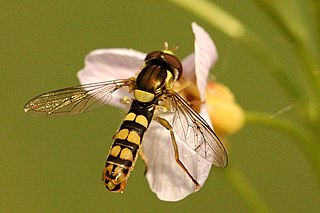
Sphaerophoria interrupta is a Palearctic species of hoverfly.

Chrysogaster solstitialis is a European species of hoverfly.
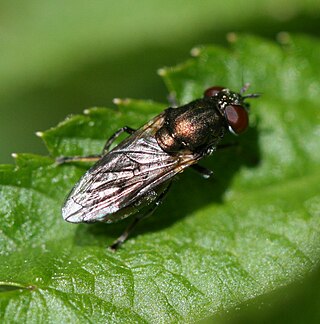
Orthonevra nobilis is a species of hoverfly.
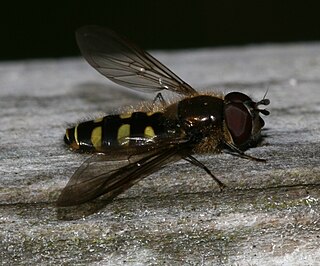
Melangyna lasiophthalma is a Holarctic species of hoverfly.
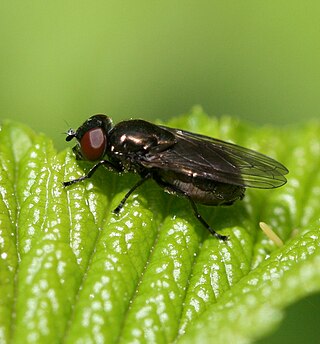
Melanogaster hirtella is a European species of hoverfly.
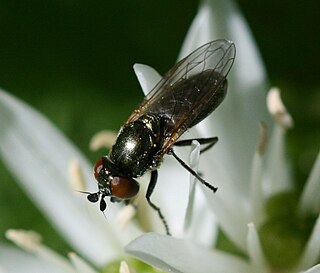
Lejogaster metallina is a Palearctic species of hoverfly.

Pipiza noctiluca is a species of Hoverfly, from the family Syrphidae, in the order Diptera.

Pipiza bimaculata is a species of hoverfly, from the family Syrphidae, in the order Diptera.

Pipiza luteitarsis is a species of Hoverfly, from the family Syrphidae, in the order Diptera.

Pipizella viduata is a species of Hoverfly, from the family Syrphidae, in the order Diptera.

Parasyrphus vittiger is a species of hoverfly, from the family Syrphidae, in the order Diptera.
Anasimyia transfuga is a Palearctic species of hoverfly.
Heringia heringi is a European species of hoverfly.

Meligramma guttatum is a Holarctic species of hoverfly.

Orthonevra geniculata is a species of hoverfly found in the Palearctic.
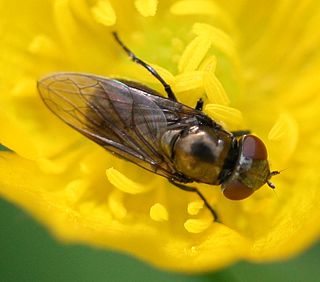
Chrysogaster virescens is a European species of hoverfly.

Neoascia tenur is a Palearctic species of hoverfly.

Mallota cimbiciformis is a Palearctic hoverfly.


















